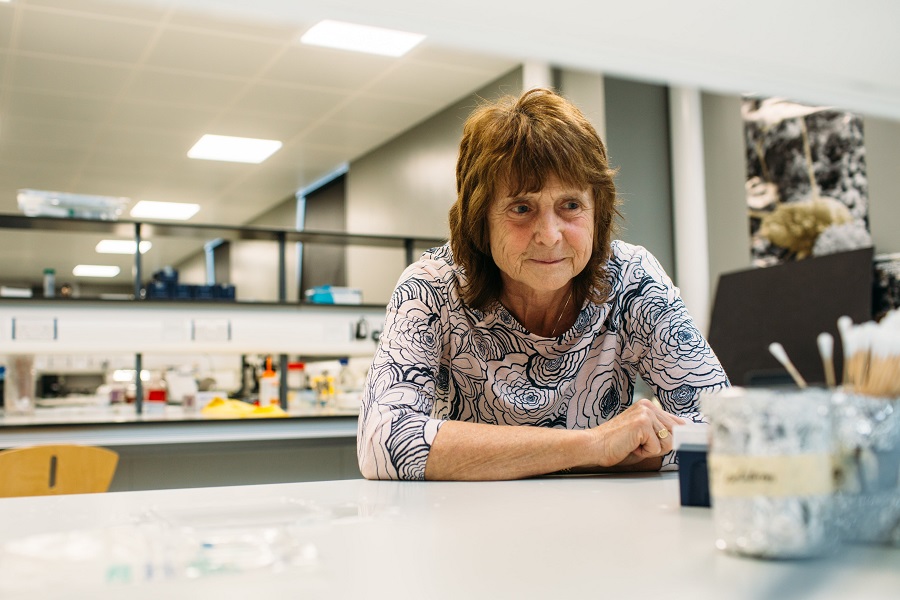
The University of Birmingham has launched a Centre for Trauma Sciences Research in order to advance the development of new technologies and clinical treatments for trauma patients.
Led by Ann Logan, Professor of Molecular Neuroscience at the University’s Institute of Inflammation and Ageing, the centre will focus on enabling the translational pathway from conception towards clinical adoption.
Professor Logan said: “Worldwide, trauma kills six million people every year and traumatic injury is the biggest killer of people under the age of 40, as well as being the greatest cause of permanent disability.
“With an aging population, it is also now a leading cause of death and morbidity for elderly people, second only to Alzheimer's and Parkinson's disease.
“Each year in the UK over 16,000 people die from road traffic collisions, interpersonal violence or falls from height.
“Trauma research is vital to help us understand how the body responds to injury, leading to improvements and innovations in diagnosis, resuscitation, surgery and intensive care.
“Only through research can we reduce deaths from trauma and reduce suffering for all trauma survivors.
“We are delighted to open this new centre, which will provide a focal point that links pre-clinical and clinical researchers working across wide-ranging translational trauma science projects.”
The centre will be supported by Professor Liam Grover through his role as Director of the University’s Healthcare Technologies Institute, which is advancing new technologies and treatments that encourage better tissue healing and rehabilitation tools to ensure people live longer, healthier and happier lives.
Close work will also take place with the National Institute for Health Research (NIHR) Surgical Reconstruction and Microbiology Research Centre (SRMRC), the Physical Sciences for Health Centre, the NIHR Trauma Management MedTech Co-Operative, the Scar Free Foundation Centre for Conflict Wound Research and the pharmaceutical and biotech industry.
The centre will also act as the hub of a national network of trauma science research laboratories, becoming the ‘go to’ centre for near-patient testing, consultancy, information and access to key academic, commercial, regulatory and clinical partnerships.
In addition, it will build significant research capacity by training a substantive cohort of early career trauma research scientists, both clinical and non-clinical, who will drive future trauma research to address a research capacity deficit in trauma in the UK.
For more information contact Emma McKinney, Communications Manager (Health Sciences), University of Birmingham, tel: +44 (0) 121 414 6681, or contact the press office out of hours on +44 (0) 7789 921 165.
- The University of Birmingham is ranked amongst the world’s top 100 institutions. Its work brings people from across the world to Birmingham, including researchers, teachers and more than 6,500 international students from over 150 countries.
- The National Institute for Health Research (NIHR) is the nation's largest funder of health and care research. The NIHR:
- Funds, supports and delivers high quality research that benefits the NHS, public health and social care
- Engages and involves patients, carers and the public in order to improve the reach, quality and impact of research
- Attracts, trains and supports the best researchers to tackle the complex health and care challenges of the future
- Invests in world-class infrastructure and a skilled delivery workforce to translate discoveries into improved treatments and services
- Partners with other public funders, charities and industry to maximise the value of research to patients and the economy
- The NIHR was established in 2006 to improve the health and wealth of the nation through research, and is funded by the Department of Health and Social Care. In addition to its national role, the NIHR commissions applied health research to benefit the poorest people in low- and middle-income countries, using Official Development Assistance funding.